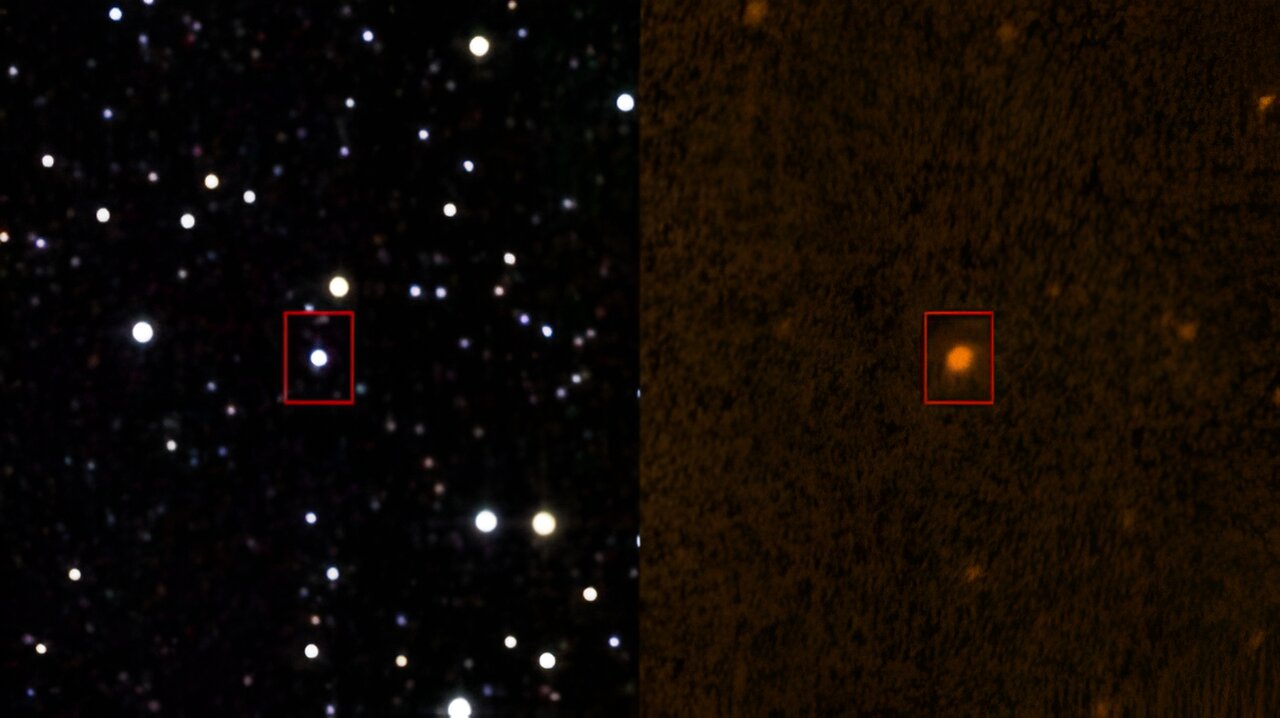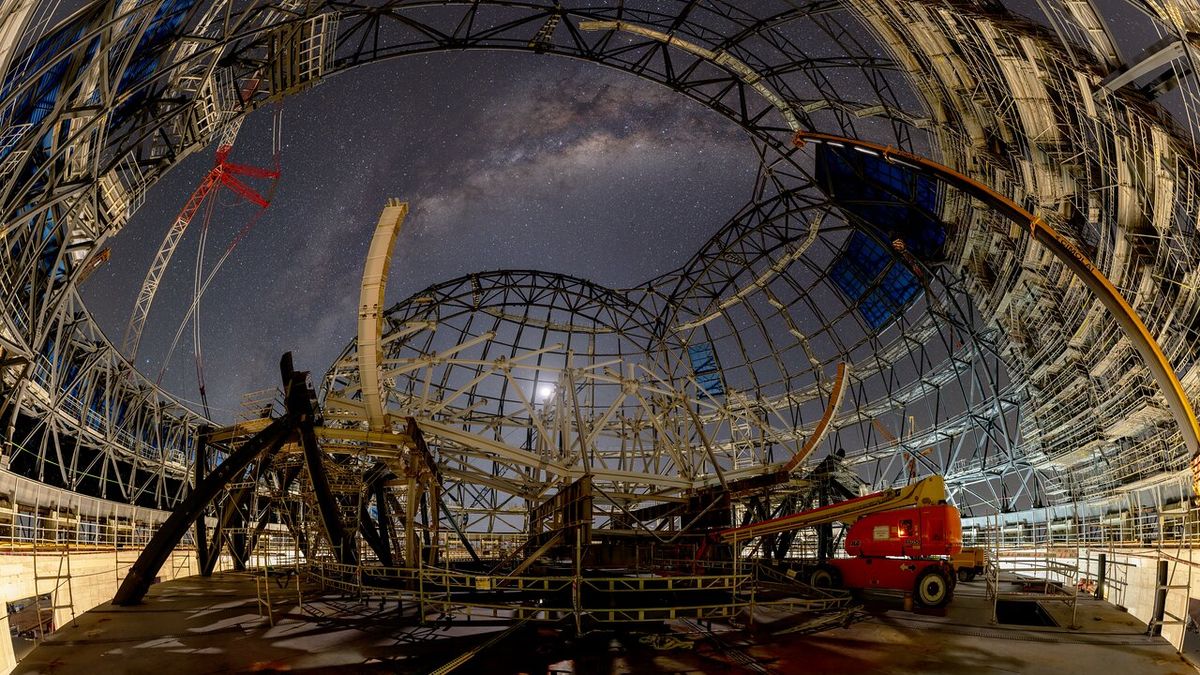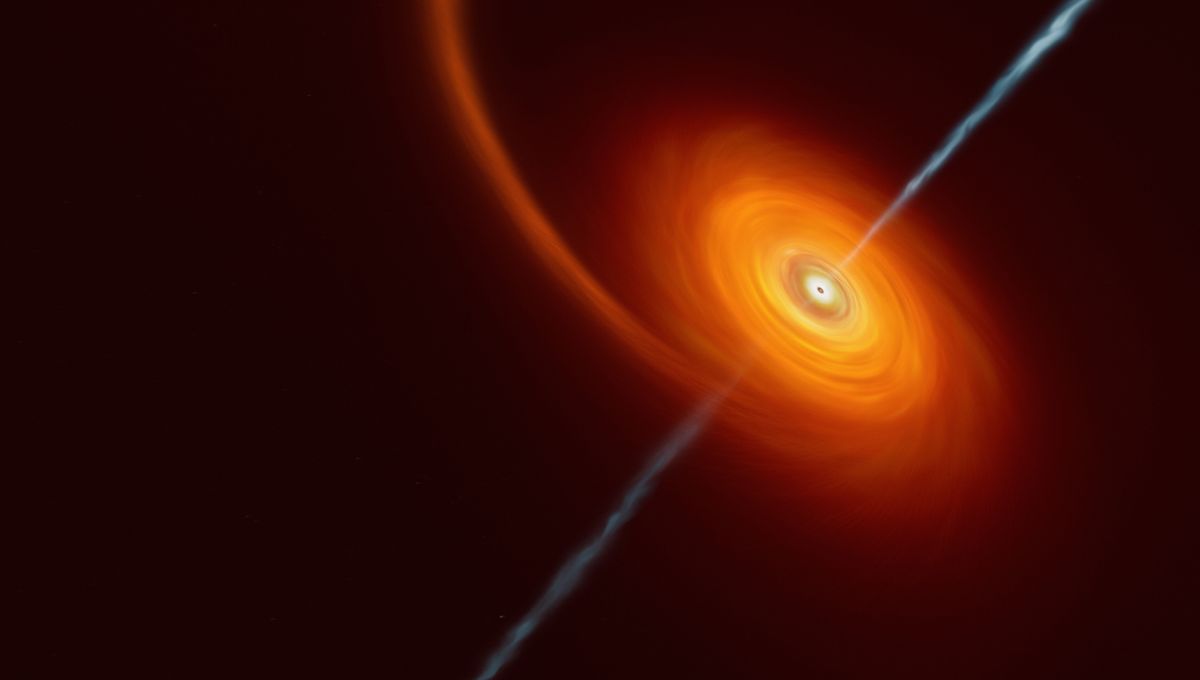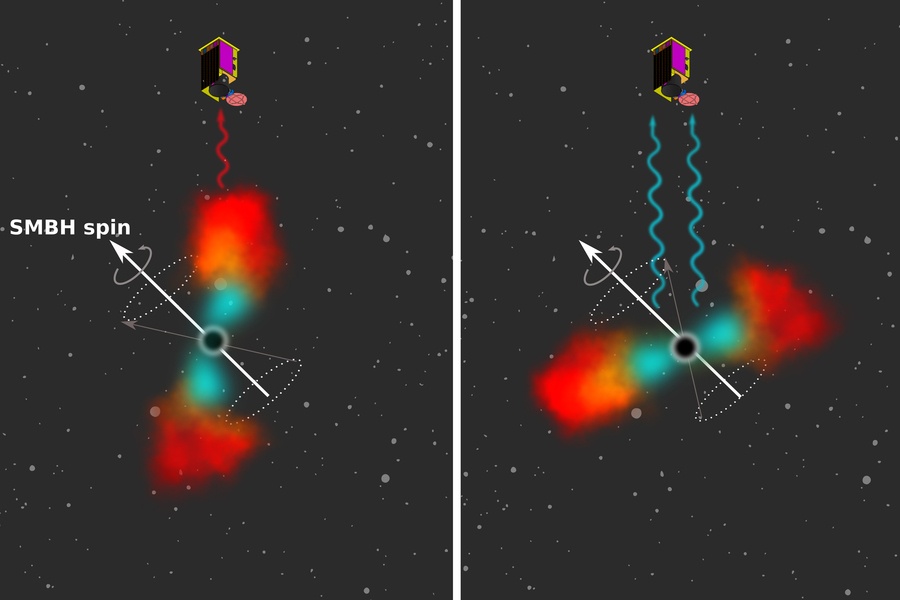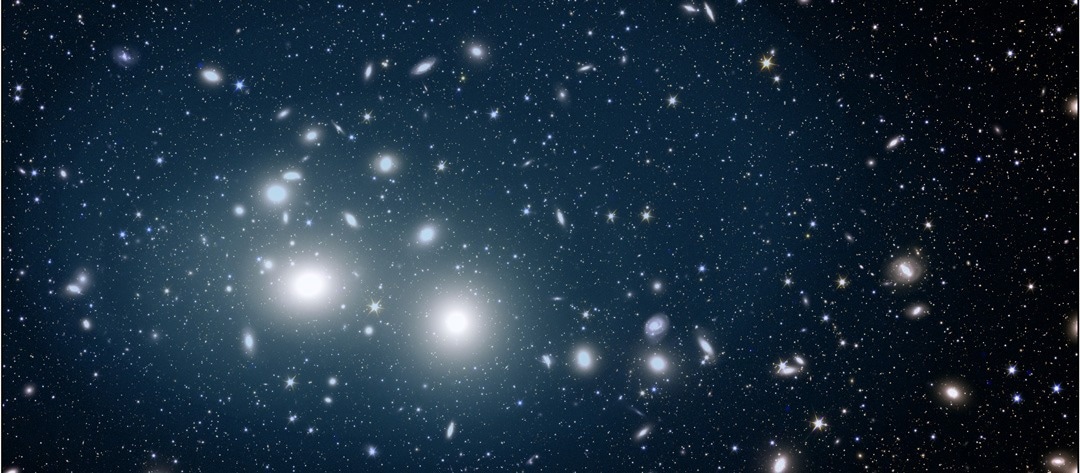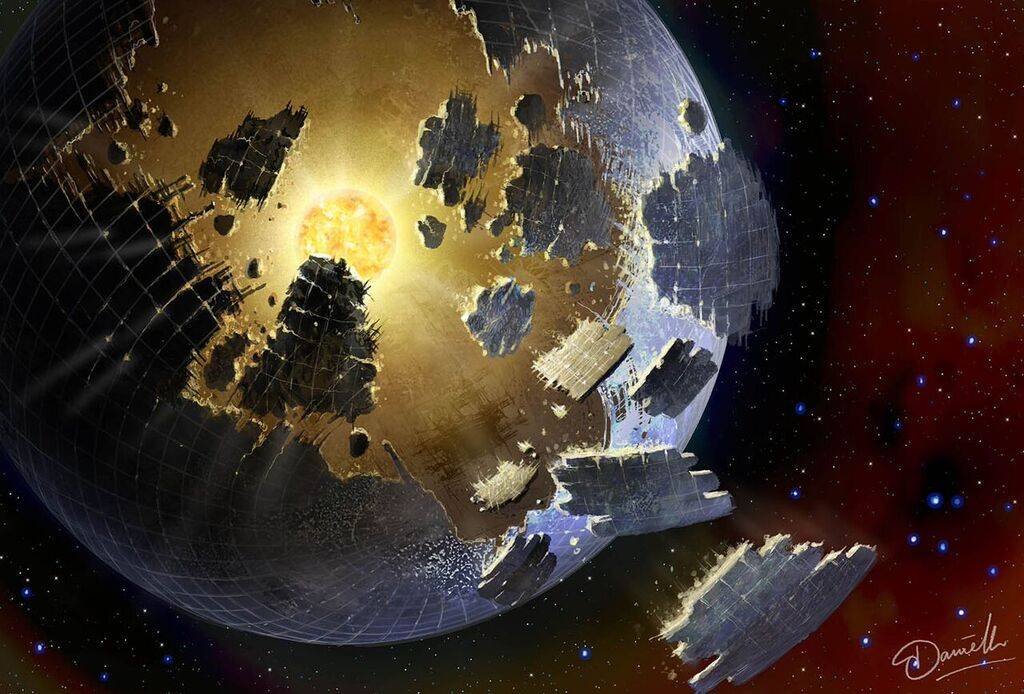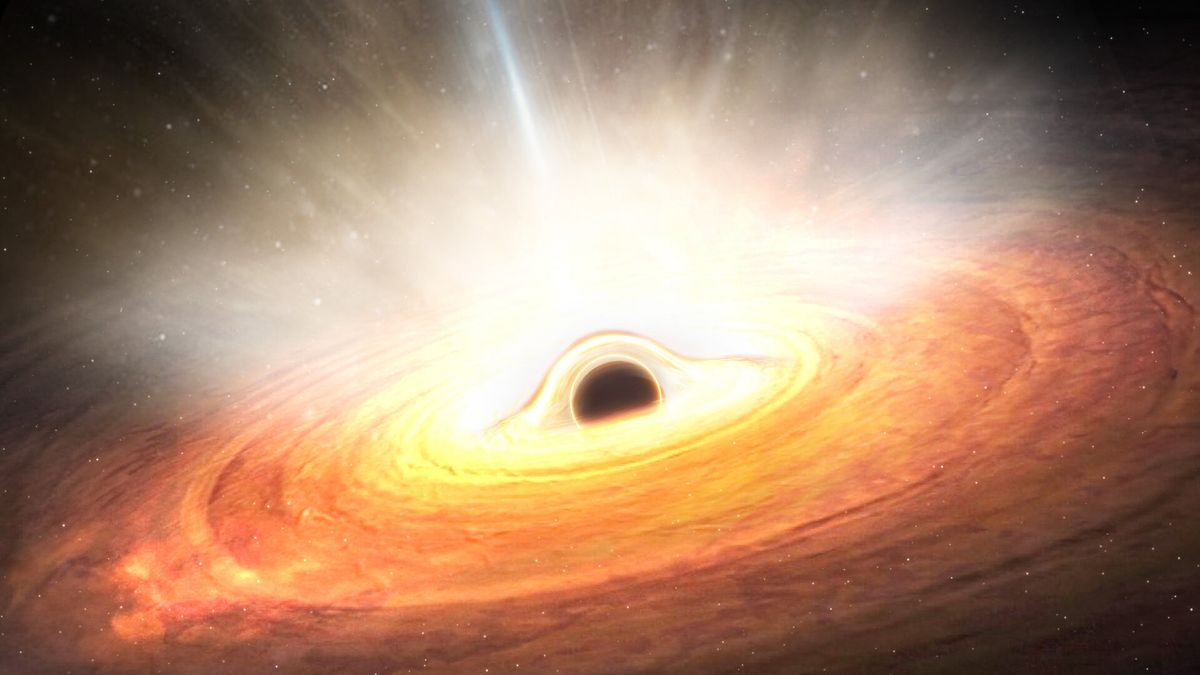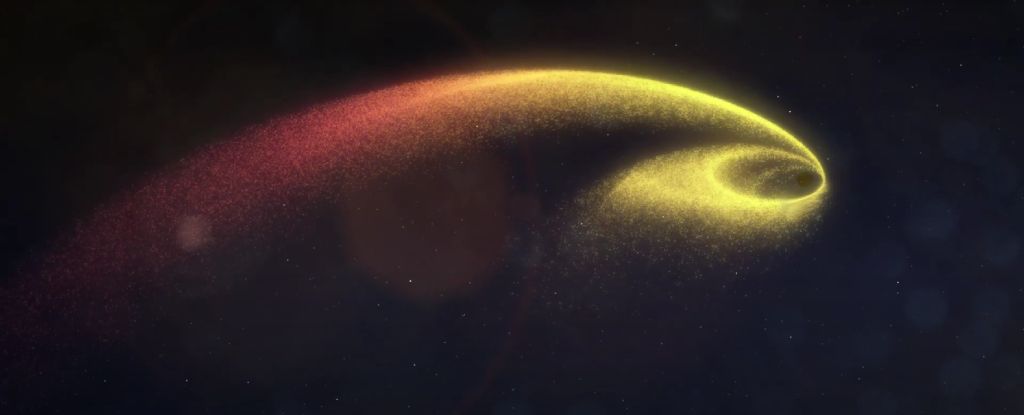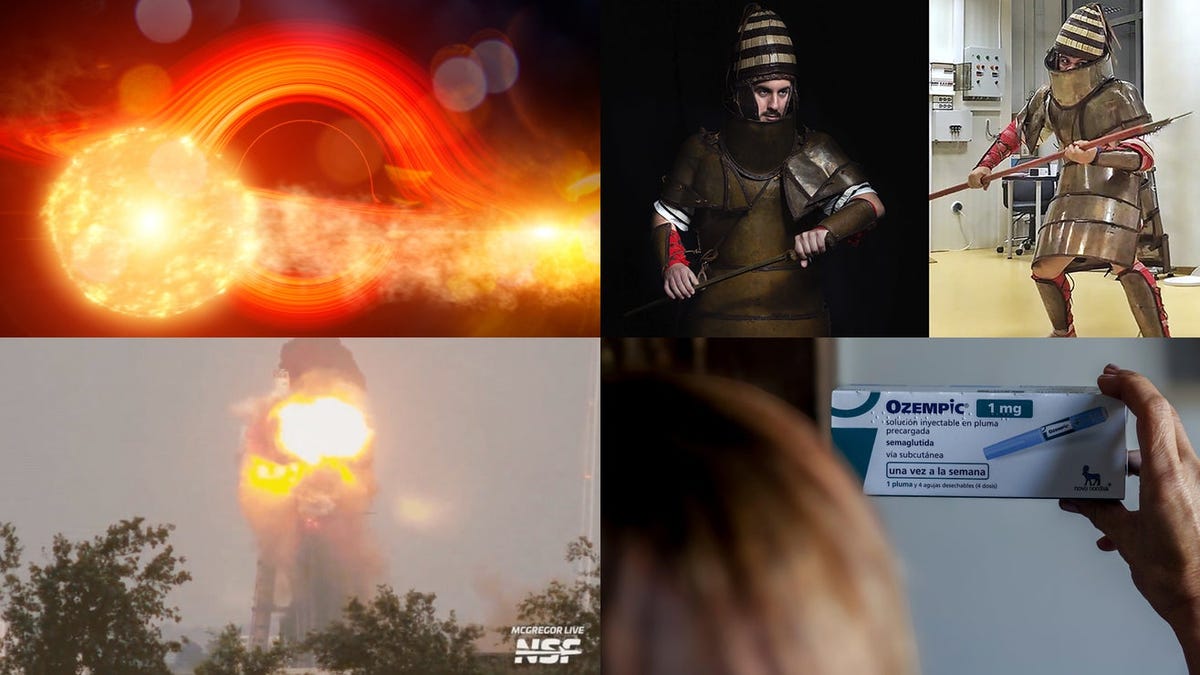Are Dyson Spheres Really Out There?
A team of astronomers has recently identified seven potential candidates for alien megastructures known as Dyson spheres. These structures, proposed by physicist Freeman Dyson in 1960, are theoretical constructs that advanced civilizations could use to harness the power of a star. The researchers found these candidates within 1,000 light-years of Earth, all located around M-dwarfs, which are smaller and less bright stars compared to the sun.
The search for Dyson spheres involves looking for an excess of infrared radiation, as these megastructures would absorb visible light from the star and emit infrared light. While the seven candidates show promise, they do not fit typical models of gas and dust disks, indicating they may be something more unusual.
However, the existence of Dyson spheres is still up for debate. Building such megastructures would require vast amounts of material, potentially necessitating the dismantling of planets across multiple star systems. Additionally, advancements in technology on Earth have led to more efficient power consumption, calling into question the need for such massive energy-collecting structures.
While the search for Dyson spheres continues, astronomers remain cautious about making definitive claims. The hunt for evidence of alien technological civilizations remains an ongoing and intriguing area of research in the field of astronomy.
The Search for Extraterrestrial Megastructures
Astronomers are constantly on the lookout for signs of advanced alien civilizations, including the presence of Dyson spheres—hypothetical structures that could surround stars to harness their energy. Recent research has identified seven potential candidates for these megastructures within our cosmic neighborhood, sparking excitement in the scientific community.
The search for Dyson spheres involves analyzing data from astronomical surveys to detect anomalies that could indicate the presence of artificial structures. While the seven candidates show promise, further investigation is needed to confirm their nature and origin. This research adds to the ongoing quest to uncover evidence of intelligent life beyond Earth.
Despite the intriguing findings, skepticism remains regarding the feasibility of building Dyson spheres and the motivations behind such massive engineering projects. The debate over the existence of these structures highlights the complexities of searching for extraterrestrial life and understanding the potential capabilities of advanced civilizations.
As astronomers continue to explore the cosmos for signs of alien megastructures, the quest for answers about our place in the universe and the existence of other intelligent beings remains a captivating pursuit in the field of astronomy.
Debunking the Myth of Dyson Spheres
While the idea of Dyson spheres has captured the imagination of scientists and science fiction enthusiasts alike, the practicality and feasibility of these megastructures are subject to scrutiny. Building a Dyson sphere would require vast amounts of material and energy, raising questions about the necessity and rationale behind such a colossal engineering endeavor.
Advancements in technology on Earth have led to more efficient energy consumption, challenging the assumptions made by physicist Freeman Dyson and astronomer Nikolai Kardashev about the power requirements of advanced civilizations. The search for evidence of alien megastructures continues, but the likelihood of their existence remains uncertain.
As researchers delve into the complexities of detecting Dyson spheres and other signs of extraterrestrial intelligence, the debate over the feasibility and implications of these structures persists. Exploring the mysteries of the universe and the potential for life beyond Earth offers a glimpse into the realm of possibilities and challenges our understanding of the cosmos.
